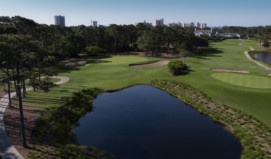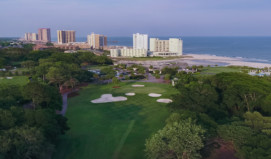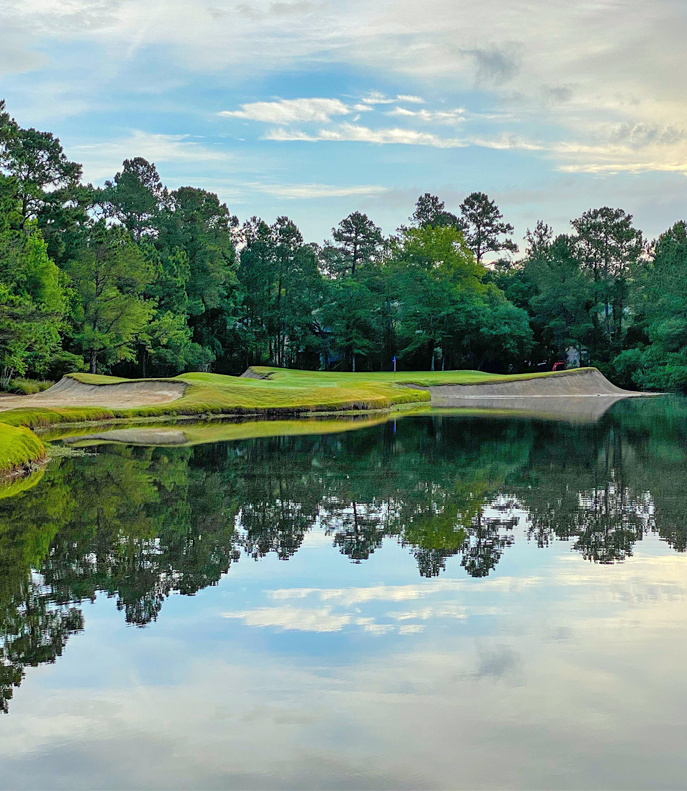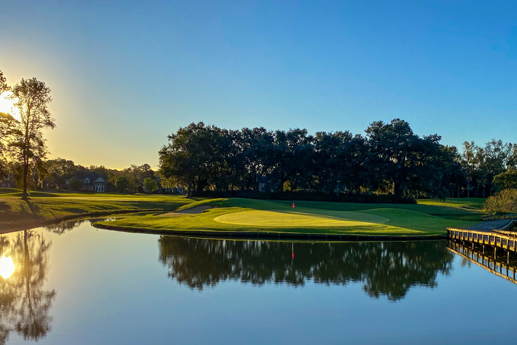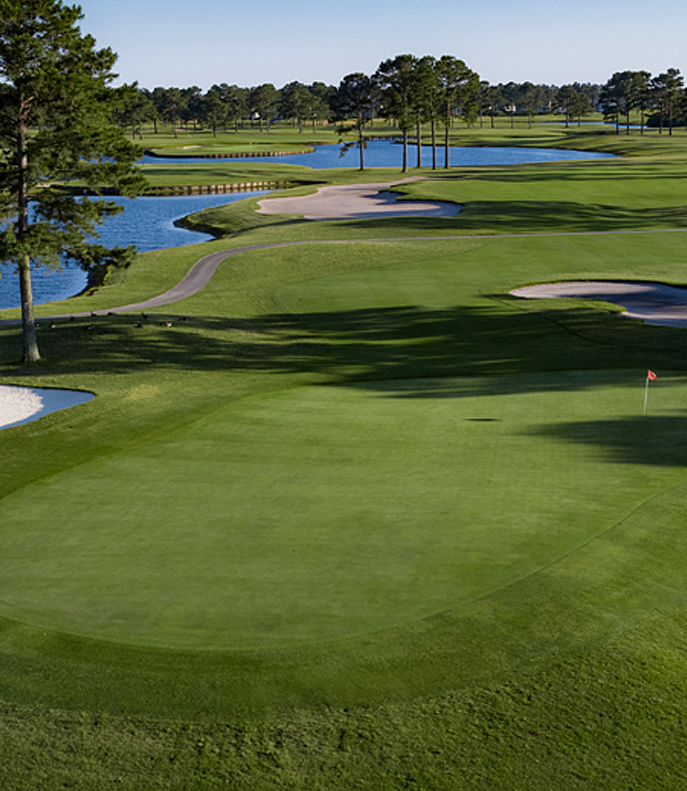In a game that reveres its rich history, Myrtle Beach is a relative newcomer to the golf landscape. After all, in St. Andrews, the game’s ancestral homeland, the New Course is 124 years old. But Myrtle Beach isn’t devoid of history, and this is the first in a series of stories that will take a decade-by-decade look at the how the Grand Strand emerged as the golf’s most popular destination.
The Seeds Were Planted in the Roaring 20s
Myrtle Beach was a sleepy beach community when Ocean Forest Golf Club & Inn opened in 1927 (for some perspective, the area wasn’t incorporated until 1938), introducing golfers to the area. Robert White, a native of St. Andrews who was also the first president of the PGA of America, designed what was originally a 27-hole facility. Only 18 holes survived the Great Depression and the accompanying Inn was a casualty as well, but the marriage between Myrtle Beach and the game began at Ocean Forest. The club was sold to the Miles family in the 1950s and renamed Pine Lakes Country Club. The rest is history. Sports Illustrated was founded at Pine Lakes in 1954 (checkout the framed copy of the first issue and accompanying letter in the clubhouse), and the course famously had Rolls Royce golf carts at one point.Affectionately known as the “Granddaddy,” golfers continue to be greeted by golf course staff in kilts and mimosas are served at the turn at Pine Lakes, which is still a must-play in 2019. Myrtle Beach didn’t have another course open for more than 20 years, due in large part to the Great Depression and World War II, but Ocean Forest was the crucial first piece in the area’s foundation.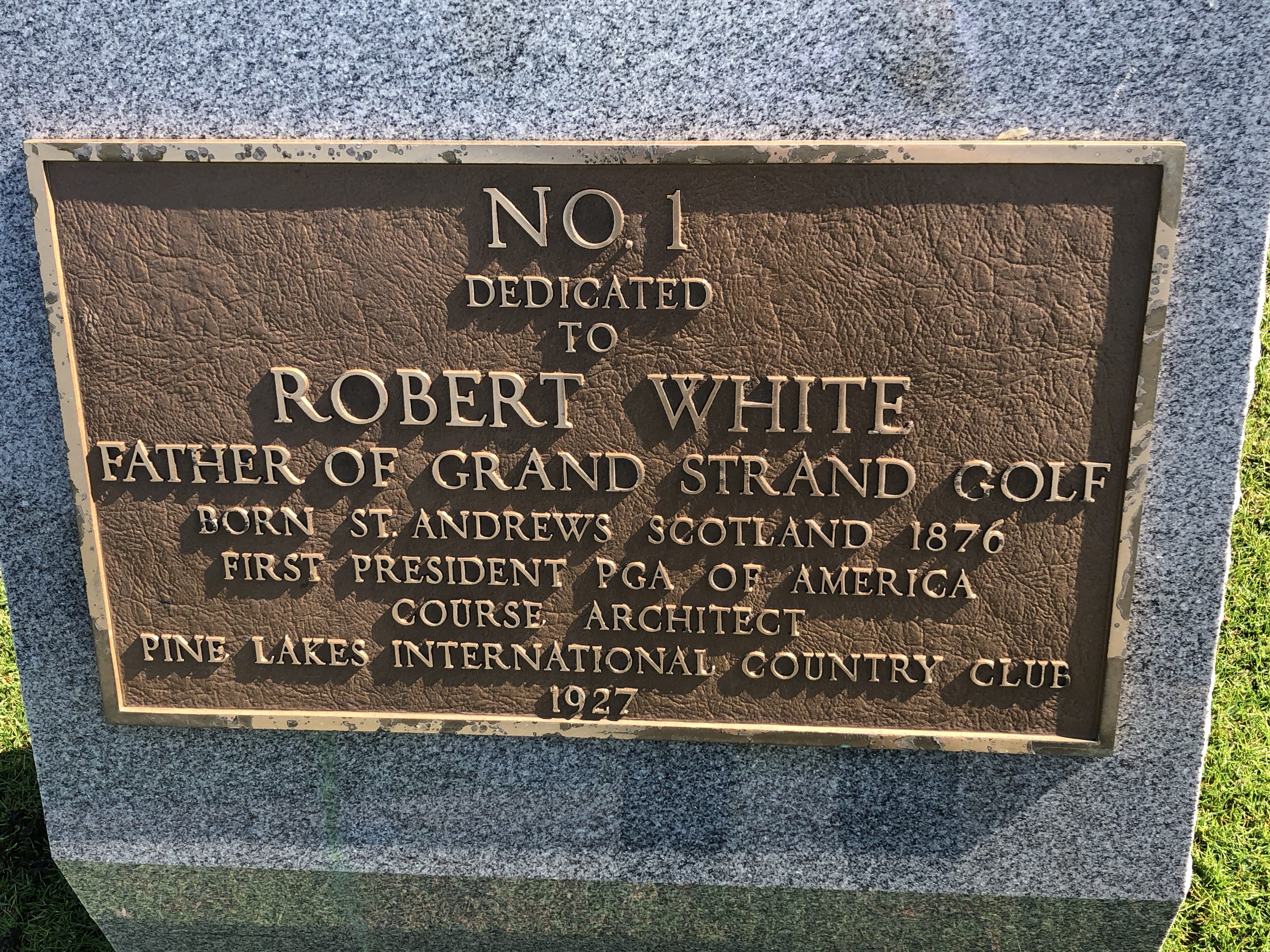
America Booms and a Rising Golf Legend Comes to Myrtle Beach
In the years following World War II, the American economy found its footing for the first time since the construction of Pine Lakes. Not coincidentally, the Dunes Golf & Beach Club was granted a charter from the State of South Carolina in 1948 and nine holes opened for play a year later. The club contracted with legendary architect Robert Trent Jones Sr. to build the course, and the results of his work changed the trajectory of the Myrtle Beach golf scene. The Dunes Club, building on the momentum created by Pine Lakes, attracted national attention to the area, eventually hosting the 1962 U.S. Women’s Open, the finals of the PGA Tour’s Q-School, and six Senior PGA Tour Championships. The course continues to be ranked among America’s top 100 public courses by Golf Digest and Golf Magazine, and its role in Myrtle Beach’s development was vital. Myrtle Beach is home to 90 courses and plays more than 3 million rounds of golf annually, but the area’s rise wasn’t preordained. Pine Lakes and the Dunes Club were the courses that introduced golfers to Myrtle Beach, and their impact continues to resonate today.

